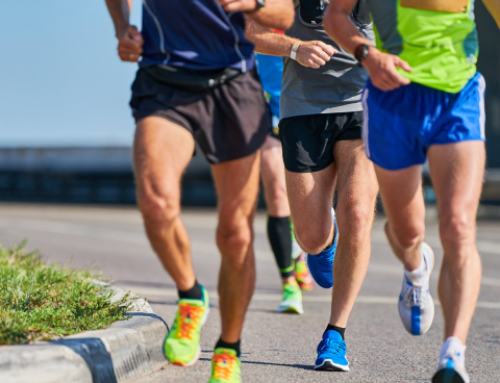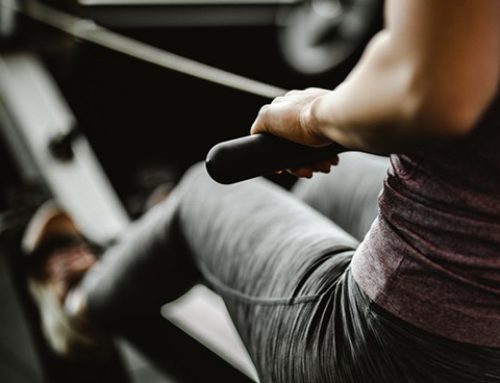4 Essential Components of Basketball Speed With Drills to Enhance Them
Many basketball coaches and athletes use a one-dimensional approach to speed training: Run more.
Running sprints will help you get faster, but basketball players seldom reach top-end speed during a game. Therefore, using a “track and field” approach to basketball speed training can be detrimental to performance.
Instead, basketball players should focus on enhancing basketball-specific speed.
Here are four essential components of basketball speed and quickness, along with four drills to develop and enhance them.
Quick Feet
Before learning how to run faster, basketball players must first learn to move their feet quickly. Linear Chops are a great exercise for improving foot speed and developing fast-twitch muscle fibers. (Watch video of WNBA superstar Candace Parker’s speed and agility training.)
[youtube video=”1_KT8Iy-OJU” /]Acceleration/Deceleration
The ability to accelerate is key for quickly reaching top speed on the court. However, it’s the ability to decelerate that enables you to stop on a dime to shoot a jump shot. The Two Tennis Ball Drop is a drill that will improve both acceleration and deceleration in a basketball-specific manner.
[youtube video=”nxX1Pz73B0g” /]Lateral Acceleration
As most players and coaches know, basketball is not just a linear game. Just as important as straight-line acceleration is the ability to accelerate laterally. Lateral acceleration directly correlates to on-ball-defensive skills. The Resisted Lateral Slide is a prime drill for developing lateral acceleration.
Reaction
Quick feet, acceleration/deceleration and lateral speed are useless if you cannot react quickly and efficiently on the floor. The 4-Cone Reaction Drill trains these components of basketball speed while forcing you to react to a stimulus and respond quickly.
[youtube video=”bMzpBaRpjoM” /]
RECOMMENDED FOR YOU
MOST POPULAR
4 Essential Components of Basketball Speed With Drills to Enhance Them
Many basketball coaches and athletes use a one-dimensional approach to speed training: Run more.
Running sprints will help you get faster, but basketball players seldom reach top-end speed during a game. Therefore, using a “track and field” approach to basketball speed training can be detrimental to performance.
Instead, basketball players should focus on enhancing basketball-specific speed.
Here are four essential components of basketball speed and quickness, along with four drills to develop and enhance them.
Quick Feet
Before learning how to run faster, basketball players must first learn to move their feet quickly. Linear Chops are a great exercise for improving foot speed and developing fast-twitch muscle fibers. (Watch video of WNBA superstar Candace Parker’s speed and agility training.)
[youtube video=”1_KT8Iy-OJU” /]Acceleration/Deceleration
The ability to accelerate is key for quickly reaching top speed on the court. However, it’s the ability to decelerate that enables you to stop on a dime to shoot a jump shot. The Two Tennis Ball Drop is a drill that will improve both acceleration and deceleration in a basketball-specific manner.
Lateral Acceleration
As most players and coaches know, basketball is not just a linear game. Just as important as straight-line acceleration is the ability to accelerate laterally. Lateral acceleration directly correlates to on-ball-defensive skills. The Resisted Lateral Slide is a prime drill for developing lateral acceleration.
Reaction
Quick feet, acceleration/deceleration and lateral speed are useless if you cannot react quickly and efficiently on the floor. The 4-Cone Reaction Drill trains these components of basketball speed while forcing you to react to a stimulus and respond quickly.
[youtube video=”bMzpBaRpjoM” /]












